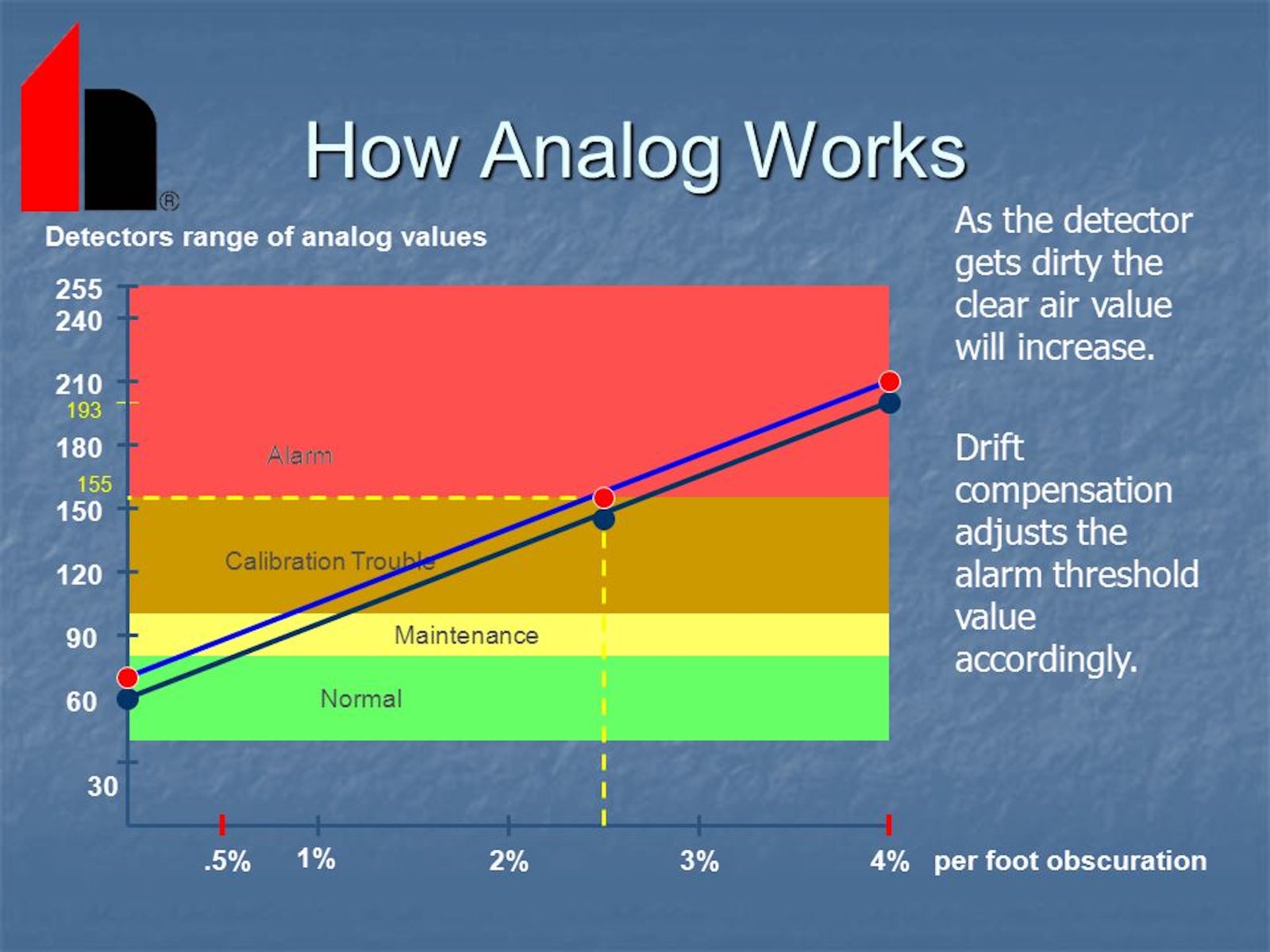Tecserv UK is a specialist fire alarm and security system installation company. It’s part of our role to be at the forefront of knowledge. However, we also recognise that sometimes people that are new to the industry, or have been recently appointed to the role of ‘The Responsible Individual” might appreciate simple guides and explanations.
That’s why we have produced this basic guide to fire alarms and fire alarm installation. It’s a simple but basic explanation of the key terms with links to other information in our website to help explain further.
The following are the main types of fire alarm:
In a non-addressable system the input devices work like a switch. When they are activated they ‘Turn On’ the panel, which in turn will ‘Turn On’ the bells or sounders. The input devices in a particular area are connected to one circuit, called a zone, so that an indicator on the control panel will light to show which zone has been activated. The sounders are usually wired on separate sounder circuits. Non-addressable Systems are particularly effective in smaller premises such as offices and shops. A newer type has the sounders on the zone circuits. These are referred to as ‘Two Wire’ systems. Two wire systems are particularly useful where there are a lot of devices close together such as a house or small hotel.
In Analogue Addressable Systems all the devices are wired on ring circuits called ‘loops’.

The devices electronically talk to the control panels. The input devices continuously send back their ‘analogue value’ (information). The analogue value corresponds to the amount of smoke present for a smoke detector and the temperature of the air around the detector. The controls are ‘Intelligent’ and can decide when a device has reached its ‘alarm’ value. The controls can instruct some or all of the output devices to operate. The controls can be ‘Programmed’ to operate certain outputs according to which input device has been operated
These systems are particularly useful in larger premises such as hospitals, shopping centres, factories and office complexes.
Input Devices: Sends information to the Control Panel i.e. Detectors, Call Points, etc
Output Devices: Receives information from the Control Panel i.e. Sounders, Interfaces, etc
Fire Alarm Systems that use radio are like analogue systems without the wiring, hence hey are sometimes called Wireless Fire Alarm Systems, and all devices are battery powered.
Some analogue systems can have radio extensions for those hard-to-get-at places, these systems can be installed as all radio, all hardwired or a combination of both.
The decision of whether a fire alarm system is required and the type of category that should be installed must be stated and forms part of the Fire Risk Assessment.
There are different categories of protection within BS 5839-1:2017. They are based on the requirement for protection of property and protection of life.
The following is an explanation of some key terms:
All analogue addressable fire alarm systems are software based and require programming. Therefore, to enable this work to be carried out it is essential that the installing and maintenance company have access to the correct software and that the staff carrying out this work are properly trained.
Having access to the correct software and training is the key to installing and maintaining a fire alarm correctly and in simplistic terms obtaining the software falls into three categories:
There are manufacturers who will allow anybody to buy their software and to obtain spares – this is known as an Open Protocol.
Some manufacturers appoint approved distributors, they do not make their software available to anybody, however they appoint approved distributors, therefore clients have a choice as to who they use – this is known as Managed Protocol.
Finally there is a term known as a Closed Protocol, where the manufacturers themselves are the only ones who can use the software, therefore they are the only company that the end-user client can use for the ongoing maintenance of the systems.
This is a code of practice for fire detection and fire alarm systems for buildings. The code provides recommendations for the planning, design, installation, commissioning and maintenance of fire detection and fire alarm systems in and around buildings other than dwellings. It does not recommend whether or not a fire alarm system should be installed in any given premises. To comply with this Standard and the Regulatory Reform (Fire Safety) Order 2005, a fire safety risk assessment must be carried out by a competent person.
These are a component of a fire detection and fire alarm system used for the manual initiation of an alarm.
A detection zone will usually consist of an area protected by several manual call points and/or detectors, and is separately indicated to assist in the location of the fire, in the evacuation of the building and firefighting.
There are two main types of heat detection sensors: rate of rise & fixed temperature.
When a fire alarm is actuated either manually, or by an automatic fire detection device, an audible warning is given, alerting people in the building that a fire has been detected and they must evacuate the premises. Still the most common type of audible alarm is the electronic sounder, although some premises still use bells. It is now becoming more common to supplement audible devices by the use of visual alarm devices, or VADs. These are basically strobe lights and can be used to alert people with hearing difficulties, or in areas where there is a high level of background noise.
In addition to straight forward audible devices, or sounders as they are commonly referred to, many larger properties use voice evacuation, often referred to as PAVA, Public Address Voice Alarm. The premises do not have to be large to have some form of voice alarm, however, as even in its most simplistic format, voice costs more than an audible alarm, these systems tend to be found in larger properties.
No matter what type of warning is given all devices must sound similar, to avoid confusion and must provide a sound level as detailed in BS 5839-Pt1:2013.
A minimum of 65 dB is required in general areas or 5 dB above any background noise which persists for more than 30 seconds.
The power supply for the control panel should be exclusive to the fire alarm system. It should be secured from unauthorised use and labelled FIRE ALARM DO NOT SWITCH OFF.
Upon a mains failure, the batteries should continue to power the system for a minimum of 24 hours plus 30 minutes alarm duration after that.
For an L category system, 24 hour battery backup is sufficient unless otherwise requested.
For unoccupied premises the battery backup should be up to 72 hour plus the 30 minute alarm duration.
For over 72 hours the system should be monitored by a Central Station.
All cables for the fire alarm system should be fire resistant these are split in to two categories, standard and enhanced.
Please check with the cable manufacturers for compliance with the British Standards details where the different grades must be used.
There are a number of certificates required for a fire alarm installation, these are follows:
If you require fire protection services for your premises, then our recommendation is always to look for a BAFE certified contractor. BAFE is your assurance that the company you are appointing meets all the appropriate standards and are independently audited.
Tecserv UK Ltd is fully committed to having all the relevant accreditations we need to ensure our customers have peace of mind. If you would like a free site survey to assess your fire detection and alarm system, please get in touch.

Mick has over 30 years experience working within the Fire and Security industry. Starting as an installation engineer and quickly progressing into both operational and sales management roles.